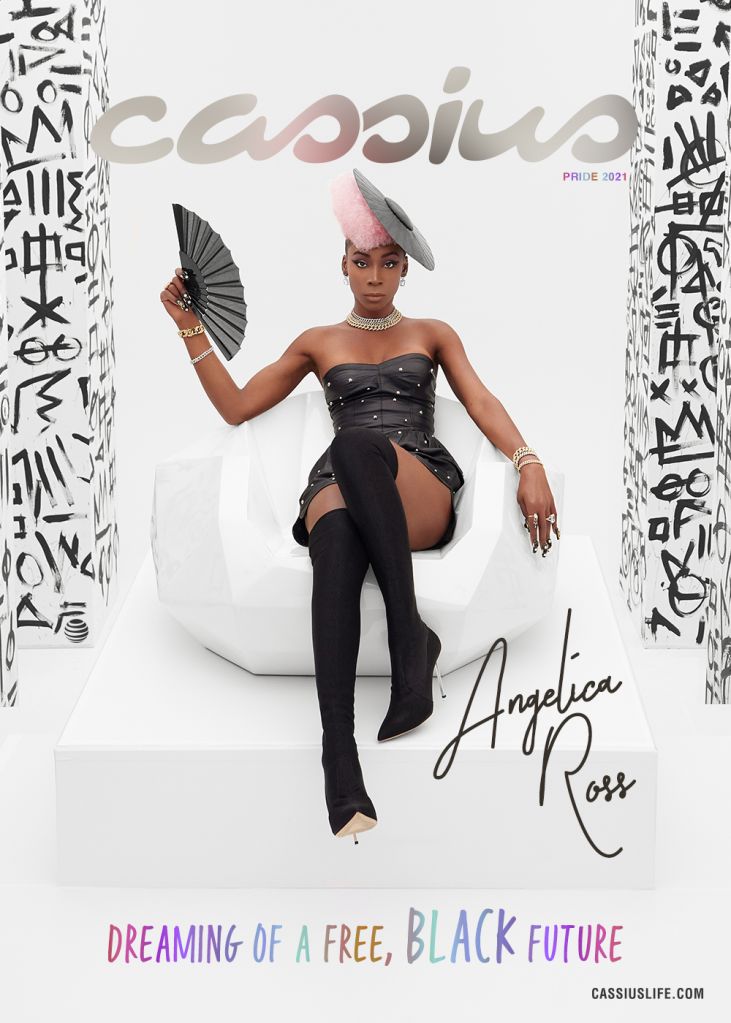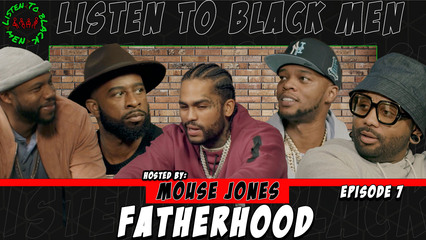
Source: Paul Hawthorne / Getty
Every art form has its masters. Ones who personify the essence of the craft, and become its canon, the very standard by which all subsequent creators will be measured. Painting has its Picasso, film its Scorsese, and in the instance of the creative expression known as Voguing, that visionary is inarguably none other than the Iconic, Willi Ninja.
We’re first introduced to Ninja in Jennie Livingston’s 1990 seminal documentary film Paris is Burning. It was also here that Voguing, the dance genre whose origins stem from the Harlem Ballroom scene that later made its way to the New York City gay clubs, was formally introduced to the world. Willi himself shares the origins of the dance form in the film, explaining that it derived as a safe form of conflict resolution or “throwing shade” between two people who were not getting along.
The person with the most creative moves would win. Ninja then goes on to describe in detail, that his particular approach to Voguing, which was influenced by Martial Arts and the Roman form of miming, where jesters express gestures to music. Madonna’s “Vogue,” which debuted the same year as the film’s premiere, primed the world for a deeper dive into the underground sensation, but it was Paris is Burning that displayed its full humanity and genius.

Source: JD Barnes / Talent: @AngelicaRoss Photographer: @JDtheCombo with thejamesbarnes.com Fashion Stylist & Creative Director: @BrandonMGarr Fashion Stylist: @TaylorOrear Makeup: @YolondaFrederick Hair: @KiyahWright1 Image Editor: @Daniele.Iachella with @crowdMGMT Nail
Born William Roscoe Leake—to a single mother on the suburban tree-lined streets of Flushing Queens, New York—this self-taught dancer, with a love for martial arts (thus the moniker Ninja), discovered Voguing as an outlet for his own creative self-expression. He would also find community and acceptance on the Christopher Street Piers of Greenwich Village. It was on those Piers where Ninja, and other marginalized young gay Black men, were able to gather, free from the disapproving eyes of society.
What they didn’t realize at the time, was that while they were pursuing liberty, they were simultaneously creating a phenomenon and creative art form that would transcend its dank basement origins, and catapult the genre onto the world’s stage.
Always larger than life, Willi’s career would not be relegated to the Ballroom floor.
Before “Gender Non Conforming” became the accepted terminology, the androgynous Ninja referred to himself as a “butch queen,” a term which would later be adopted as the acceptable way to refer to a gay Black man who did not dress in drag but had a degree of flamboyance. His perfectly coiffed hair, striking features, towering 6’ 3″ frame and impeccable sense of style made him a legend in Ballroom and an undeniable key influence for fashion designers of the time. Two in particular were the equally avant-garde designers Thierry Mugler and Jean Paul Gaultier, both whose highly stylized and deeply embellished pieces were clearly inspired by Ninja. Both designers would often invite Ninja to model their clothes on the runways [Editor’s Note: Willi Ninja with a fan partly inspired Cassius’ latest Pride cover with Angelica Ross].
In 1982, Ninja formed the iconic House of Ninja, serving as the house “Mother,” or primary caregiver. Willi nurtured a legacy of inclusion, notably being one of the first and only houses to include white and Asian members. Still in existence, many of the current members of the House of Ninja are Asian and are still very much active in the ballroom scene. In fact, an all-women team of Voguers, representing the House of Ninja, competed in Season One of HBO Max’s Ballroom/dance show Legendary. Their performances were full of the acrobatics and rich Asian-influenced dance styles associated with their Founder.
After witnessing how popular culture responded to Madonna’s “Vogue,” Willi not only understood the magnitude of the art form, but also its power as a mechanism and tool to introduce the culture to an international stage. Willi soon began teaching vogue throughout Europe and Japan.
Always larger than life, Willi’s career would not be relegated to the Ballroom floor. In addition to choreographing and dancing with the likes of Janet Jackson, he also starred in a number of independent films like Marlon Rigg’s 1991 Anthem and documentaries like 2006’s Wolfgang Busch-directed How Do I Look? and Sally Sommer’s 2006 doc Check Your Body At The Door. In addition to dance, Willie released his first single, “Hot” and became a solid fixture in the dance and creative worlds.
Towards the end of his career, Willi reinvented himself one more time, becoming a modeling coach for the likes of Naomi Campbell and Paris Hilton. In 2004, he opened the “Elements of Ninja” modeling agency and appeared on America’s Next Top Model as a judge and coach.
In 2006 the world lost Willi Ninja, the “Godfather of Vogue” to AIDS-related complications, but his legacy remains etched in the annals of global culture, beyond just Pride Month. His undeniable influence can be seen in modern choreography and his grace down every runway. And the world remains a bit more beautiful because Willi Ninja was here.

Source: Rita Barros / Getty
















